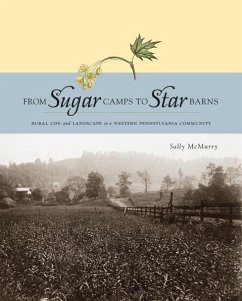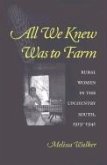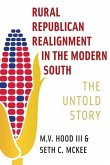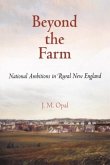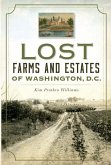Rural Pennsylvania's landscapes are evocative, richly textured testimonies to the lives and skills of generations of builders, architects, and craft workers. Farmhouses, barns, silos, fences, and even field patterns attest to how residents over the years developed a sense of place that was not only functional but also comfortable and aesthetically appropriate for the time. From Sugar Camps to Star Barns tells the story of one such place, a landscape that evolved in southwestern Pennsylvania's Somerset County. Sally McMurry traces the rural life and landscape of Somerset County as it evolved from the earliest settlement days. Eighteenth-century residents were a forest people, living on sparsely built farmsteads and making free use of the heavily forested landscape (a use typified by the sugar camp). In the nineteenth century, the people of this area turned to farming. Prompted by the "market revolution", they pursued a highly varied agriculture, combining a subsistence base with robust production of commodities shipped to distant cities. Their landscape reflected this combination of the local and the cosmopolitan -- a combination that reached its full expression in the distinctive two-story banked farmhouse with double-decker porch, flanked by a substantial Pennsylvania barn. The twentieth century brought a more industrialized agriculture to Somerset County. This shift to profit-and-loss farming accentuated landscape elements specific to market products. The magnificent star barns of this era overshadowed the houses, and ancillary structures, such as "peepy houses" and silos, spoke to the pressures of efficiency and mass production. The subsequent rise of coal mining helped stimulatethis trend as it compelled farmers to distinguish their landscapes from those of the coal-patch towns. Illustrated with over 100 photographs, maps, drawings, and diagrams, From Sugar Camps to Star Barns demonstrates how much we can learn about the economy and culture of

